
OR
KMC reports 154 stone spouts, with 61 in operation and 12 unaccounted for
Published On: December 16, 2023 07:20 PM NPT By: Republica | @RepublicaNepal
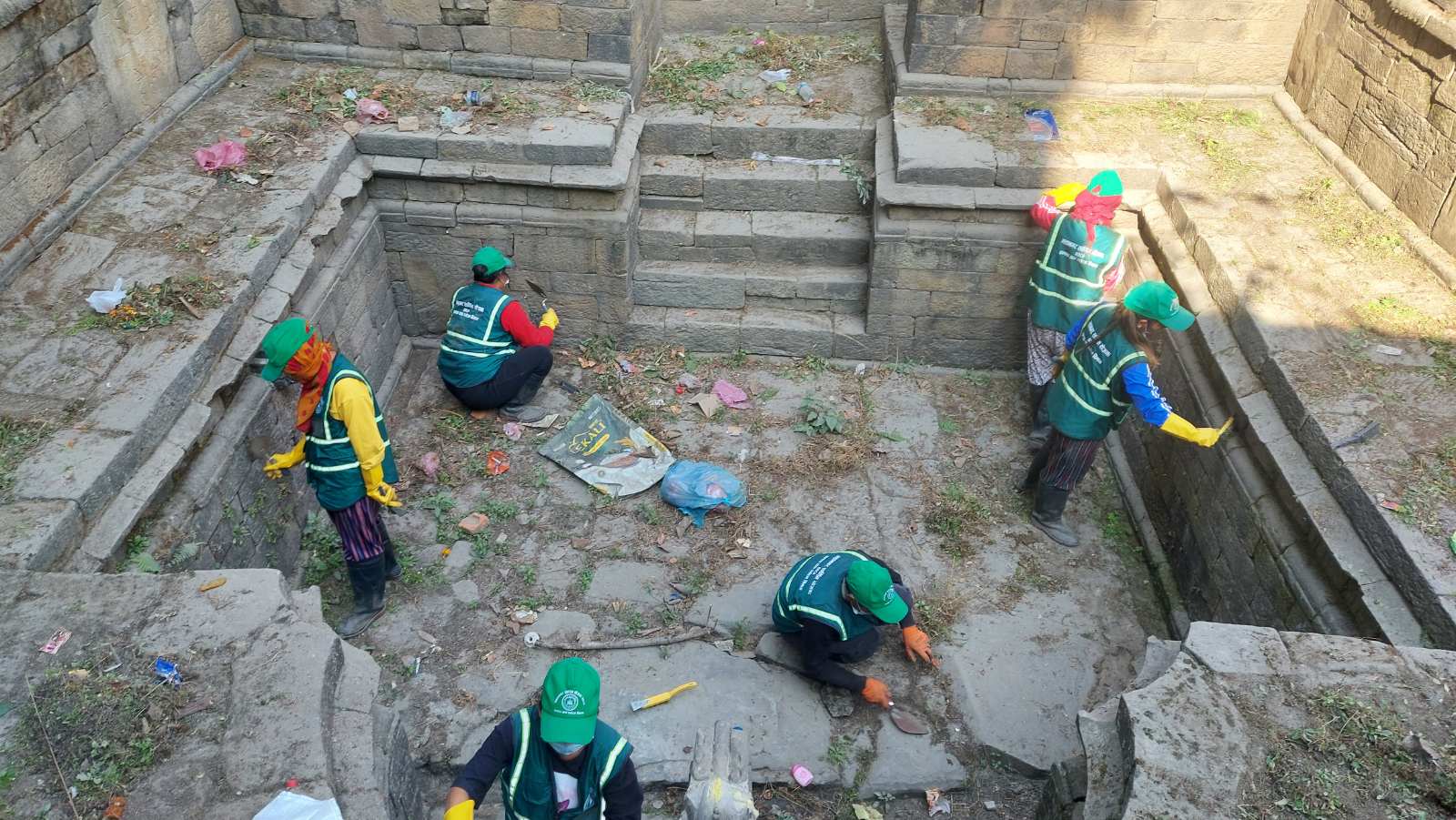
KATHMANDU, Dec 16: A study has revealed the presence of 154 stone spouts within the Kathmandu Metropolitan City (KMC).
A comprehensive analysis by the Allan Foundation indicates that 61 (40%) of these spouts are operational, 50 (32%) are non-functional, 10 (6%) are endangered, 21 (14%) are missing, and 12 (8%) remain undiscovered. The study categorized stone spouts into these five types, with data revealing that 121 spouts are physically located, while 33 spouts are unaccounted for.
Examining the distribution ward-wise, ward numbers 15 and 32 each boast 12 stone spouts. Conversely, ward numbers 11, 22, 23, 24, 25, and 27 do not have any stone spout. Other wards show varying numbers, with one spout each in ward numbers 12 and 13, two in ward numbers 3, 21, and 29, and three in ward numbers 2 and 30.
Similarly, there are four stone spouts each in ward numbers 5, 28, and 31, five in ward number 20, six in ward numbers 1, 8, 19, 26, and seven in ward number 18. Further distribution includes eight spouts each in ward numbers 4 and 7, nine in ward numbers 9 and 16, 10 in ward number 17, 11 in ward number 6, and 13 in ward number 10.
The study has classified stone spouts based on their condition. Those with water flow, proper drainage, and usability were deemed functional. Non-functional stone spouts lacked water flow. Spouts at risk of extinction due to neglect were categorized as endangered, while those with damaged structures or hindrances were placed in the relevant categories.
Moreover, spouts not visually identified on-site were classified as missing, and those previously mentioned in data but not observed were marked as undiscovered.
Stone spouts play a crucial role in water flow systems, sourcing from watershed areas, underground layers, and other reservoirs. They are integral to the interconnected relationship between nature and human civilization, affecting aquatic life, plants, and the growth of natural vegetation.
In Kathmandu, the significance of water is deeply woven into the fabric of life, evident in the network of palaces, ponds, and water channels. Water resources are intricately linked to the customs, culture, and traditions of urban life, reflected in the rich architectural structure of stone spouts.
You May Like This
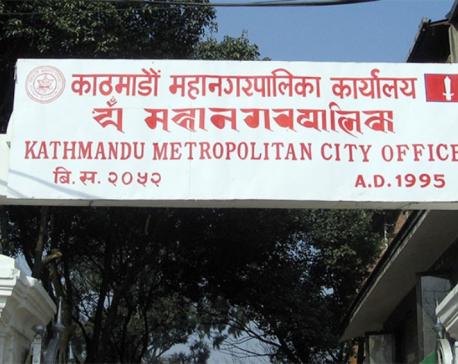
KMC warns seven casinos of action if they do not pay tax in 7 days
KATHMANDU, Sept 4: Kathmandu Metropolitan City (KMC) has written to seven casinos, asking them to pay entertainment tax within a... Read More...
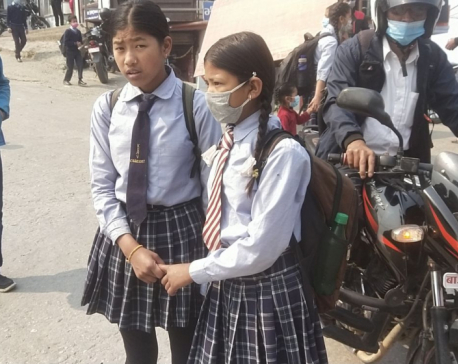
Schools in KMC running physical classes from today
KATHMANDU, Sept 26: Schools in Kathmandu Metropolitan City (KMC) will be operational from today. The schools have remained closed since... Read More...

KMC fitting 1,800 CCTV cameras
KATHMANDU, Oct 6: The collection of garbage is a perennial problem in the Kathmandu Valley. While the collection of garbage... Read More...




Just In
- Two arrested on charge of gold robbery in Budhanilkantha
- Women lead the way in Kathmandu city management
- Mobility up at Rasuwagadhi border point for Mansarovar tour
- PM Dahal secures vote of confidence for fourth time
- Adhikari appointed as vice chairman of Koshi Province Planning Commission
- Advertisement Board mandates test of ads before airing them
- PM Dahal seeks vote of confidence amid opposition protests (Live)
- Gold price hits record high of Rs 141,800 per tola



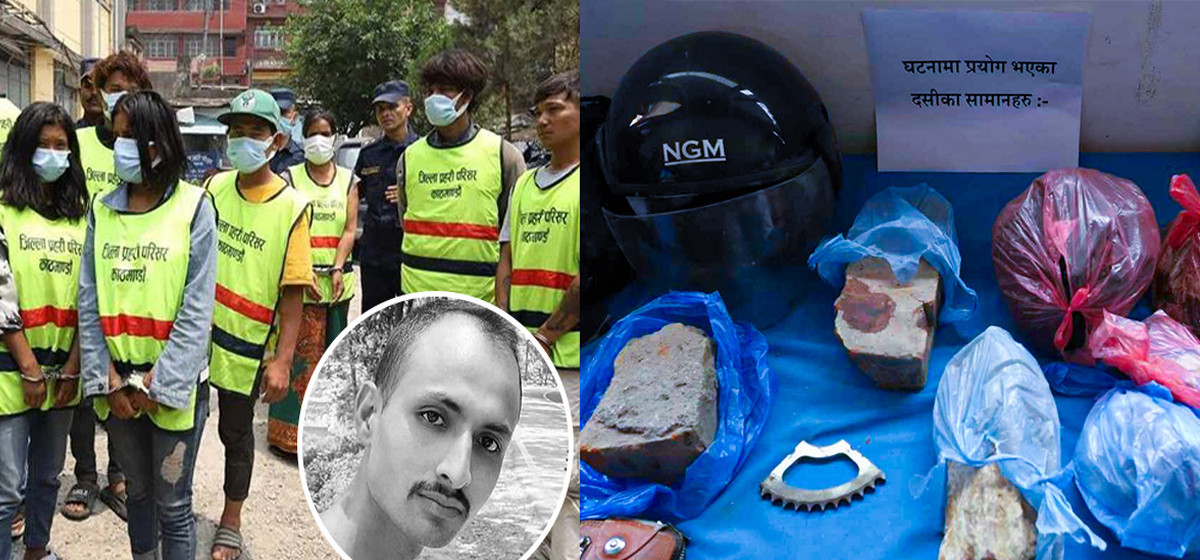




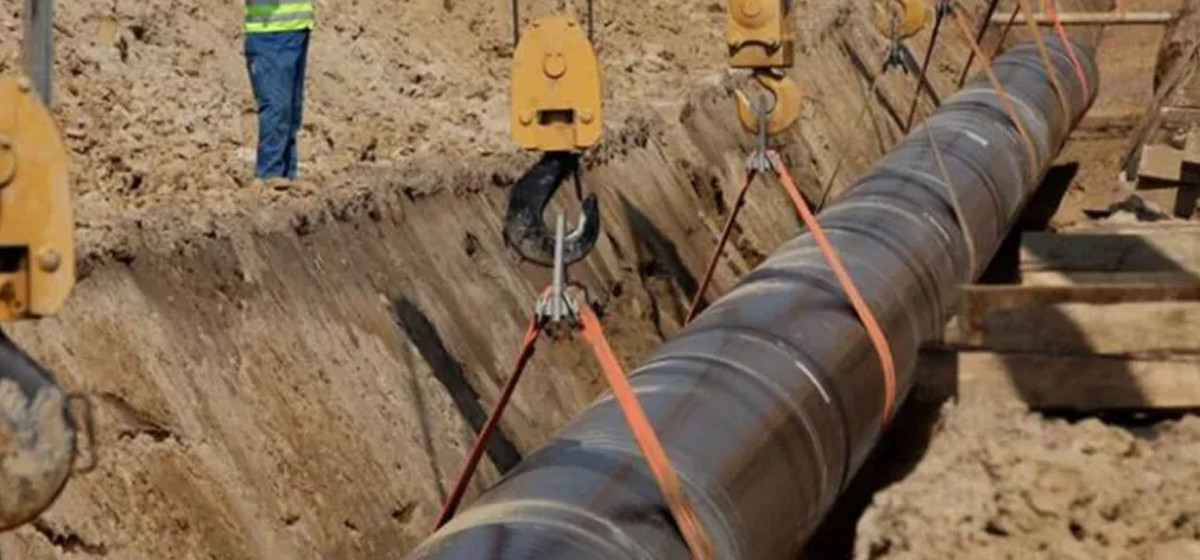

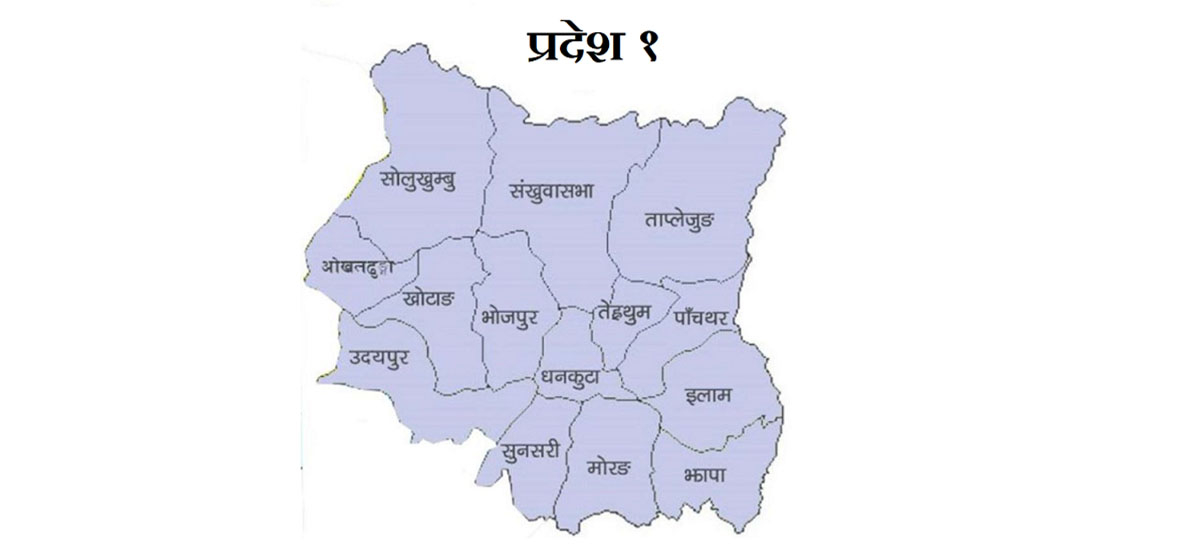
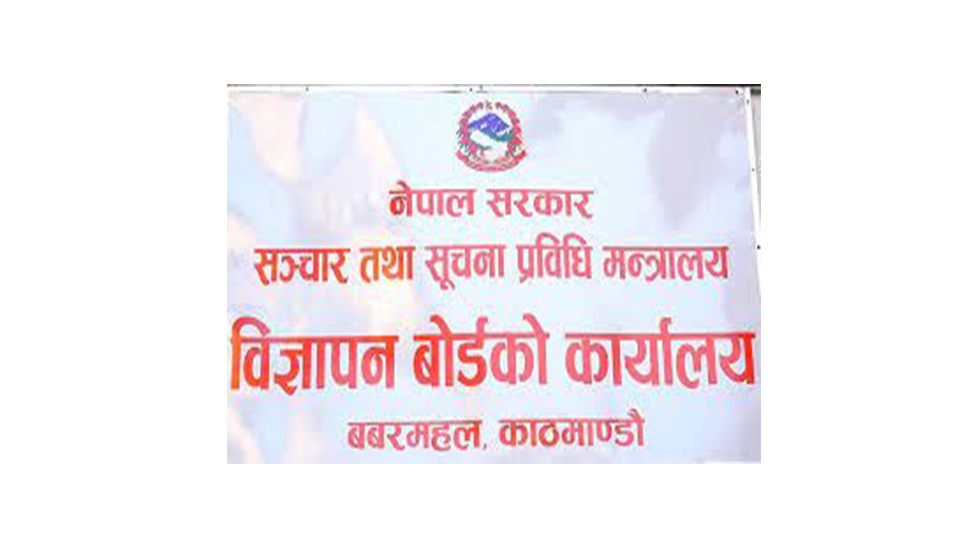

Leave A Comment